Get PeakVisor App
Sign In
Search by GPS coordinates
- Latitude
- ° ' ''
- Longitude
- ° ' ''
- Units of Length

Yes
Cancel
Share ×

Scan the QR code and open PeakVisor on your phone
❤ Wishlist ×
Choose
Delete
The Sierras de Córdoba describe the mountain ranges along the west side of the provinces of Córdoba and San Luis, Argentina. There are over 341 named peaks in this mountainous region. Cerro Champaquí (2,790m / 9,154ft) is the tallest and most prominent peak (2,231m / 7,319ft of prominence). These ancient mountains formed before the Andes and are home to incredible scenery, quaint mountain towns, and remarkable people.
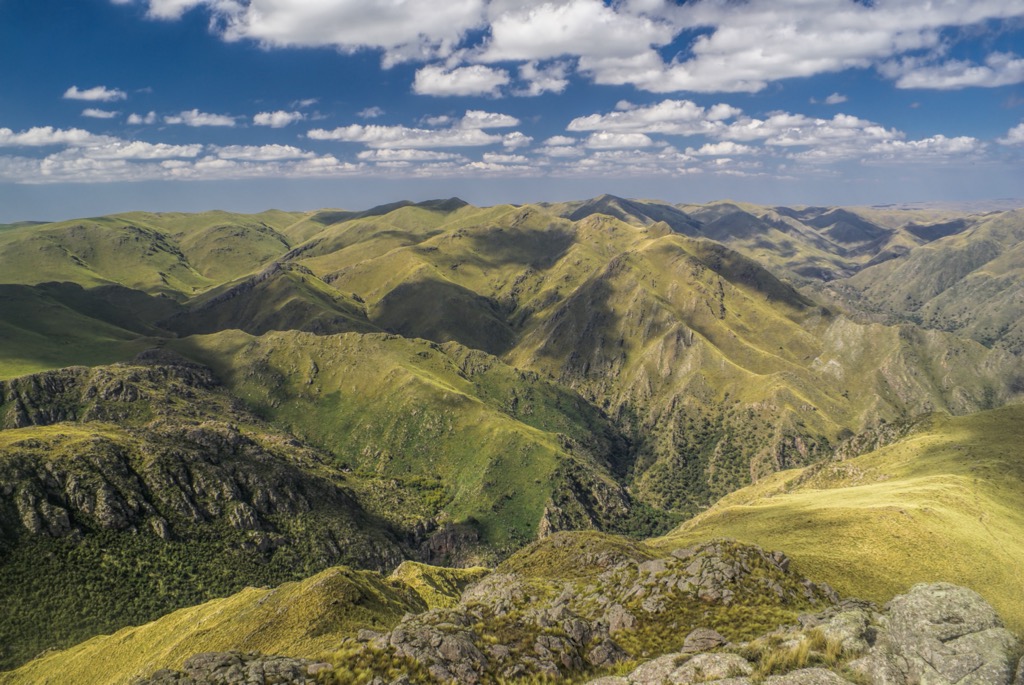
Running north to south, the Sierras de Córdoba are a collection of ranges along the west side of Córdoba, Argentina, and the northeast corner of the San Luis province. The ridgeline extends approximately 490 km (294 mi) and is about 150 km (90 mi) wide.
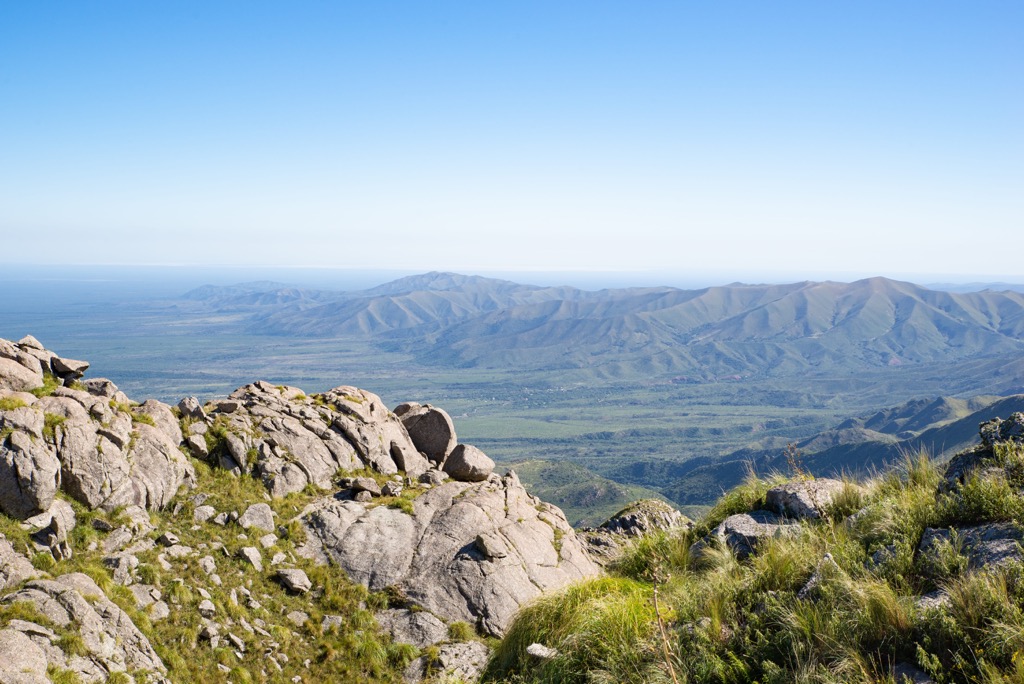
Mid-sized mountains characterize the range. Cerro Champaquí (2,790m / 9,154ft) is the tallest and most prominent peak. With an astonishing 2,231m (7,320ft) of prominence, Cerro Champaquí is the only ultra-prominent peak in the Sierras de Córdoba.
The Sierras de Córdoba form the southern terminus of the Sierras Pampeanas, a mountainous region in northwest Argentina. The major subranges composing the Sierras de Córdoba are the Sierras Chicas, the Sierras Grandes, and the Sierras Comechingones.
Other ranges associated with the Sierras de Córdoba are the Sierras de Ambargasta and the Sierras de San Luis. The Sierras de Ambargasta are north of the Sierras Chicas and extend from Córdoba into Santiago del Estero. The Sierras de San Luis are a range southwest of the Sierras Grandes, in the province of San Luis.
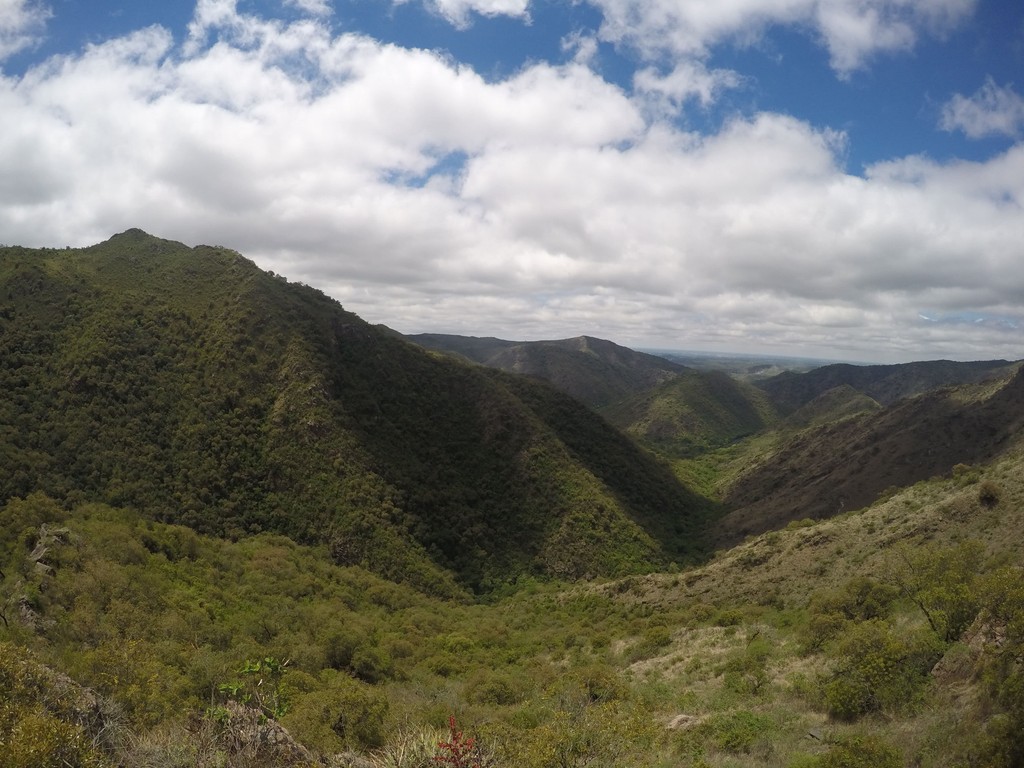
The beautiful region is filled with many provincial and federal parks and reserves. The following are some of the parks and reserves within the Sierras de Córdoba:
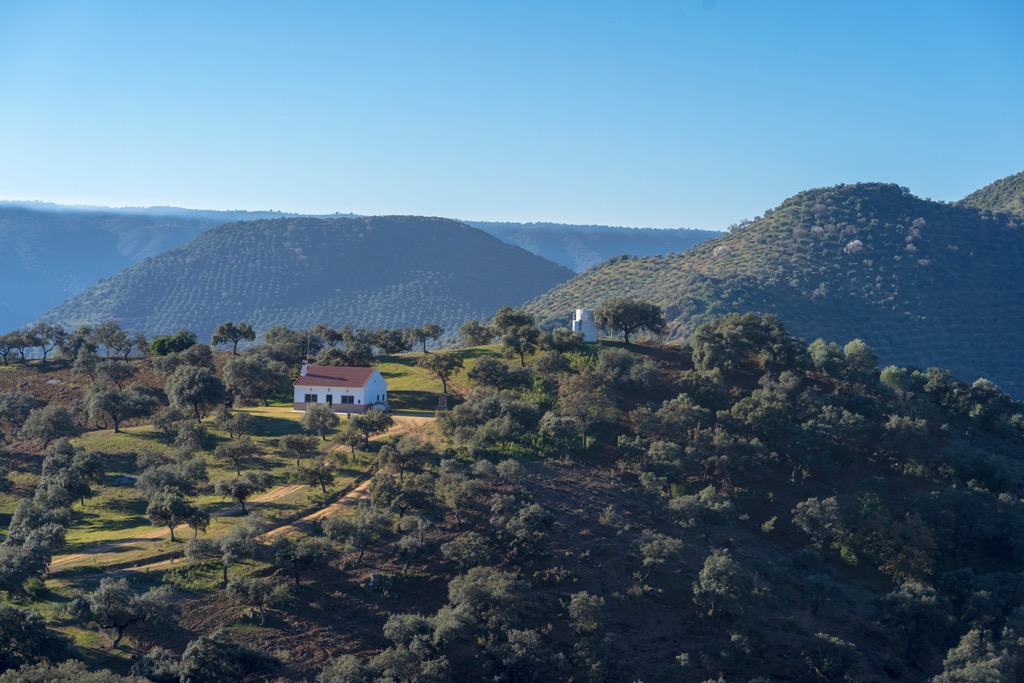
The Sierras de Córdoba formed during the Paleozoic period. Therefore, they are much older than the neighboring Andes, the infamous range stretching nearly the length of South America. The Sierras originally formed the boundary between the ancient landmass of Gondwana and the Pacific Ocean. Due to age, the range consists mainly of older metamorphic rocks such as gneiss, migmatite, and schist.
The Sierras originated in the Pampean Orogeny during the Cambrian period about 500 million years ago. The Sierra’s formation was part of the greater Terra Australis Orogen and Brasiliano Orogeny. The Famatinian Orogeny succeeded the Pampean Orogeny and ultimately preceded the uplift of the Andes.
During the Devonian, about 370 million years ago, intense magmatic activity created the Achala batholith in the Sierras. Five areas comprise the batholith: the Achala, El Condor, Champaqui, Characato, and Cumbresita.
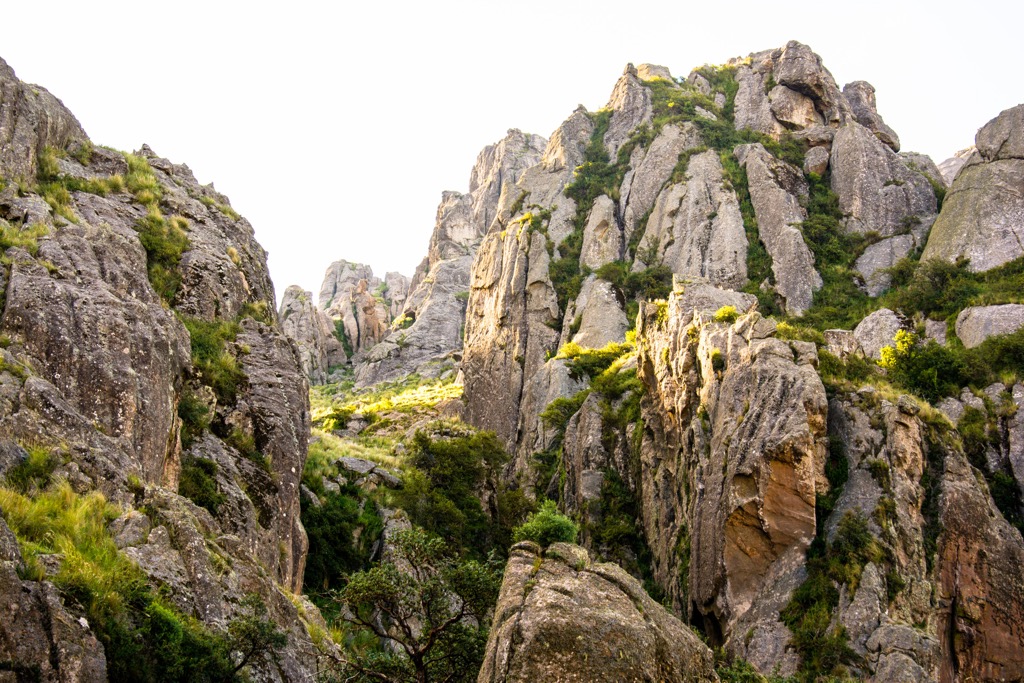
The batholith is the largest group of exposed intrusions in the Sierras Pampeanas, with a mapped area of over 2,500 square kilometers (965 square miles). The magma originated from sources in the mantle and crust. However, the heat source that produced such a massive magma flow has yet to be identified.
The Sierras de Córdoba has a wide diversity of habitats and associated flora and fauna. In general, low-elevation forests dominate the landscape. Tree species such as Lithraea molleoides and Zanthoxylum coco thrive in the cooler, wetter aspects, while the Schinopsis marginata is dominant on the dry western slopes.
Molle plants flourish along gentle slopes, and carob trees such as Prosopis alba and Prosopis nigra thrive in the valleys. Carob trees can survive for hundreds of years, especially in the northern and western areas of the range.
The alpine region begins around 2,000 m (6,560 ft) above sea level. Above this elevation, exposure to the elements severely limits tree growth. Grasslands dominate these areas, and species of Stipa, like Punilla, have adapted to the harsh environment. The alpine areas also contain many rare species of plants. Unfortunately, low levels of conservation are threatening these sensitive ecosystems.

Many shrub species exist in the Sierras, including peperina, mallow, pennyroyal, bellflower, cosmos, passion flower, carqueja, plantain, chamomile, uvilla, romerillo, and blackberry. Many of these shrubs have medicinal properties.
Poplar, olive, peach, cypresses, oak, and several varieties of pine and cedar are among the most common tree species. Australians introduced Eucalyptus at the end of the nineteenth century, while Americans introduced Ponderosa Pine during the twentieth century.
As with most of Earth’s biomes, the Sierras vegetation has changed dramatically since the end of the Pleistocene. Most species are native and have thrived in the region for millions of years. However, some were imported from Europe centuries ago and have established themselves; since the sixteenth century, white settlers have imported species from the Northern Hemisphere to South America, forming a large part of the typical landscape.
Due in part to the Indigenous Peoples’ influence in the region before the arrival of Europeans, there are few large, wild animals. The extirpation of large mammals continued as Europeans colonized the Americas. Jaguars have been extinct since the nineteenth century, while cougars are typically only found in the most remote areas of the Sierras.

Smaller mammals such as weasels, rabbits, guinea pigs, quirquinchos, wild cats, foxes, and hares are common. In remote areas, there are limited populations of guanaco, llama, deer, brown deer, and collared peccaries.
Despite limited populations of large mammals, the Sierras are a notable birdwatching destination. The many bird species include burrowing parrots, cardinals, pirinchos, peregrine falcons, shielded eagles, and ringdoves. There are also various species of woodpeckers, hummingbirds, ducks, thrushes, harriers, owls, plovers, and swallows. Condors are present in the region, but their populations have significantly reduced. The American Black Vulture is now more common than the Condor.
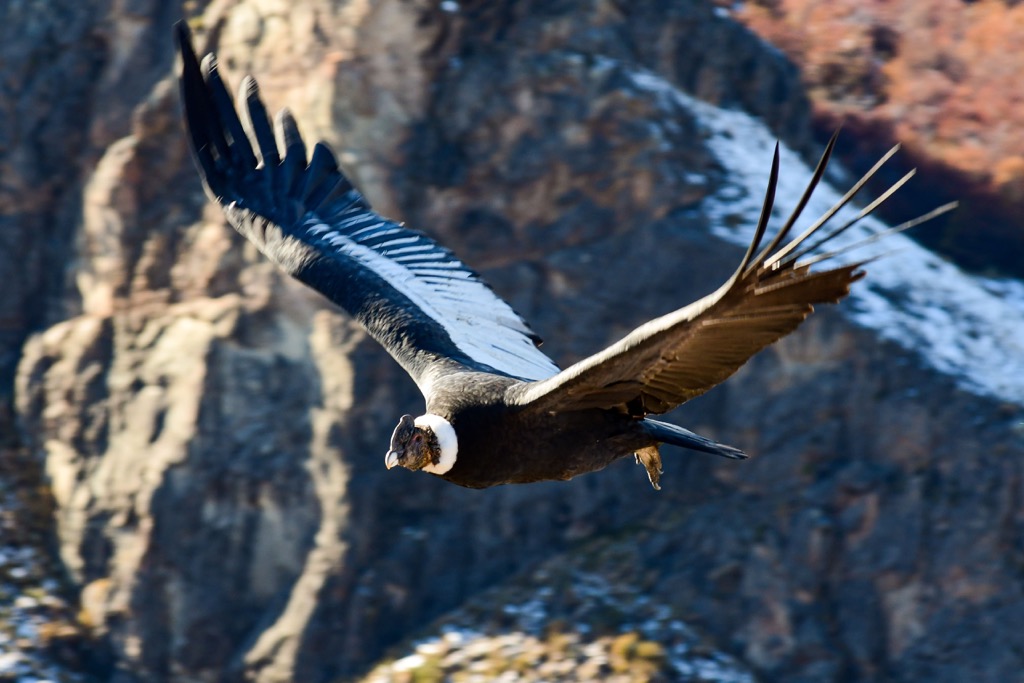
The earliest archaeological evidence of human habitation in the Sierras de Córdoba is artifacts indicating the presence of short-term camps from 11,000 years ago. Other artifacts, including projectile points, were discovered in the Candonga Grotto and date back over 10,400 years.
The first inhabitants of the Sierras were small, widely dispersed, and highly mobile hunter-gatherer groups who covered vast territory in search of resources. They hunted guanacos and pampas deer and gathered wild fruits and seeds. The first inhabitants likely emigrated from the plains of Buenos Aires and Uruguay.
For thousands of years, these bands of hunter-gatherers inhabited the Sierras, improving their technologies and diversifying their subsistence. There is evidence of long-distance trading, and by 3,000 years ago, the inhabitants of the Sierras had begun consuming maize, which is foreign to the region. Maize traveled thousands of kilometers from northern South America to reach the Sierra de Córdoba, suggesting highly complex trade routes between diverse tribes of Indigenous Peoples.
About 2,000 years ago, the transition between hunter-gatherers and food producers began. While hunting was still integral to their subsistence, Indigenous populations began managing wild plants such as miltol, molle de beber, piquillín, carob trees, black quinoa, and wild beans.
By 1,100 years ago, settlements in the valleys and foothills carried out agricultural activities rather than nomadic hunting and gathering. Within these settlements, Indigenous People managed and gathered wild fruits, captured small animals, and processed their food resources for storage.
Before Spanish explorers arrived, the last known groups in the Sierras were the Hênîa in the north and the Kâmîare in the south. Like many anthropological details of the region, they are known by their Spanish name: the Comechingones.
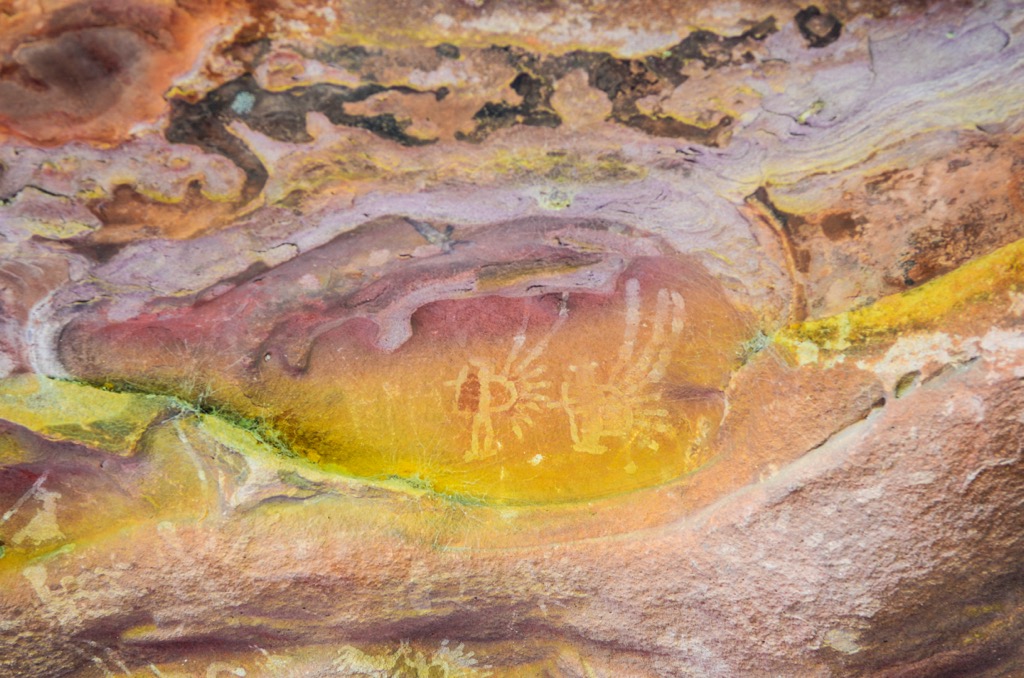
By the time historical sources documented the region, the Comechingones were Caucasian in appearance. They variously exhibited full beards, green eyes, and relative height, among other Caucasian features. The original Comechingones likely reproduced with early explorers in the 1500s, spreading Caucasian features within the gene pool even before the existence of the explorers was widely known.
However, Argentina is at a crossroads of an ancient population, and many different indigenous groups were likely the ancestors of the original Comechingones the Spanish encountered in the early sixteenth century.
In 1573, the Spanish founded the city of Córdoba in the foothills of the Sierras. It quickly became a significant hub of commerce and trade in the early conquest of South America. The Spanish promptly assimilated (and eliminated) the Sierras indigenous population. Most documented tribes had been decimated and were unrecognizable by the seventeenth century.
Foreign settlers' conquest and settlement of Córdoba brought war and disease, ultimately annihilating indigenous populations. However, despite the mass genocide of Indigenous Peoples, many (if not most) people in Argentina can still trace some Indigenous ancestry.
As of 2010, nearly 20,000 residents of the province of Córdoba claim to be of Comechingones ancestry. While indigenous communities exist in the Sierras, most communities are those of more direct European descent.
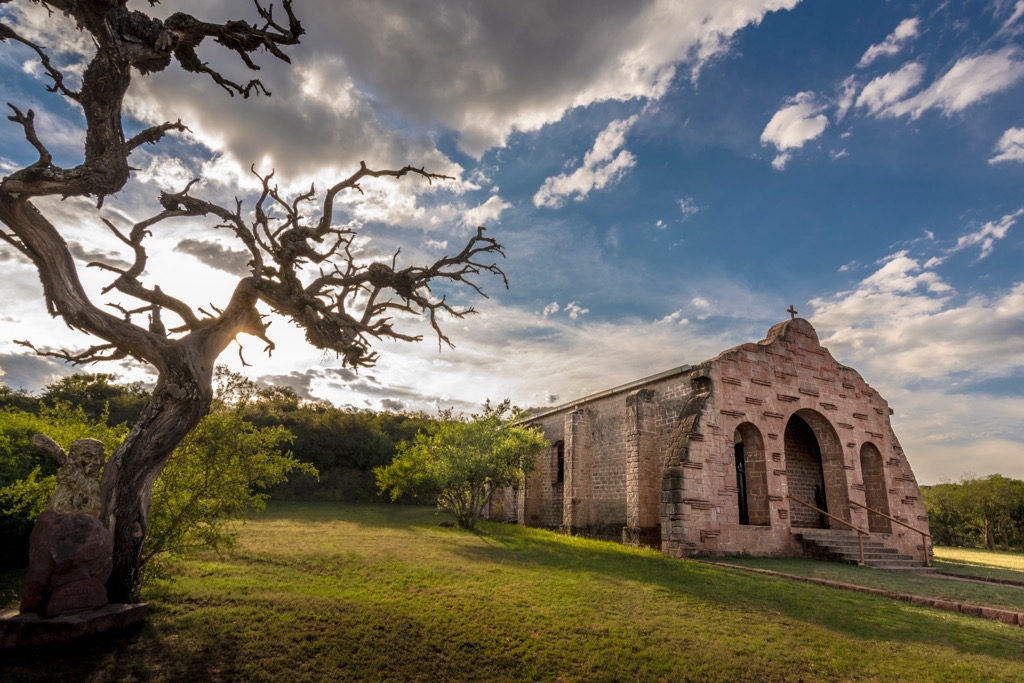
In particular, many villages in the Sierras are reminiscent of German or Swiss Alpine communities. Some of these locales have become popular tourist destinations. The Sierras de Córdoba are one of the most touristed areas of the country, with millions of annual visits. In addition to the natural landscape, vineyards, wineries, and local breweries provide relaxation and entertainment for the region’s tourists and residents.
The Sierras are one of Argentina's most important tourist destinations. The following are some of the major attractions of the Sierras de Córdoba.
Los Terrones is a nature reserve and recreational area near Quebrada de la Luna and Capilla del Monte communities. The unique landscape has some of the best hiking in the area, as you can hike among the imposing natural pillars and stunning ravines. Los Terrones is an incredible place to explore the natural wonders of Las Sierras de Córdoba.
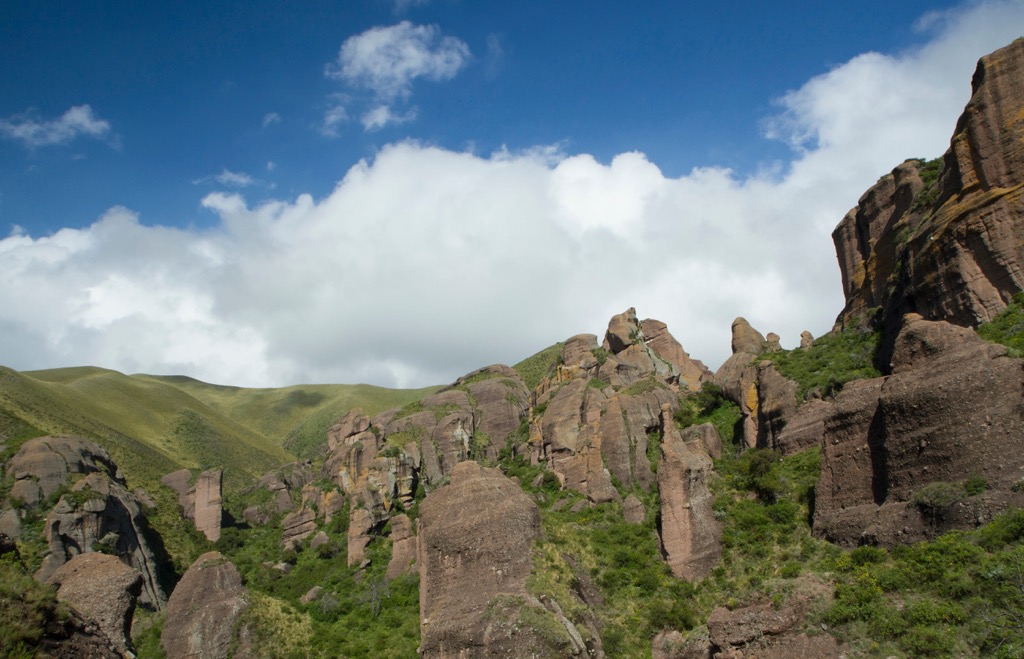
The 2,000 m (6,562 ft) tall Cerro Uritorco draws people from all over the country. Most visitors come to hike the peak’s summit and explore the beautiful river around its base.
Cerro Uritorco attracts tourists for other reasons as well. It has long been a destination for hippies, believers, and mystics, and the peak has become a place of legend. Many folks have reported UFO sightings, and there are whispers of secret portals to other dimensions and magnetic energy fields. Whether or not these extraterrestrial musings appeal to you, Cerro Uritorco is still a unique and incredible place to visit and explore.
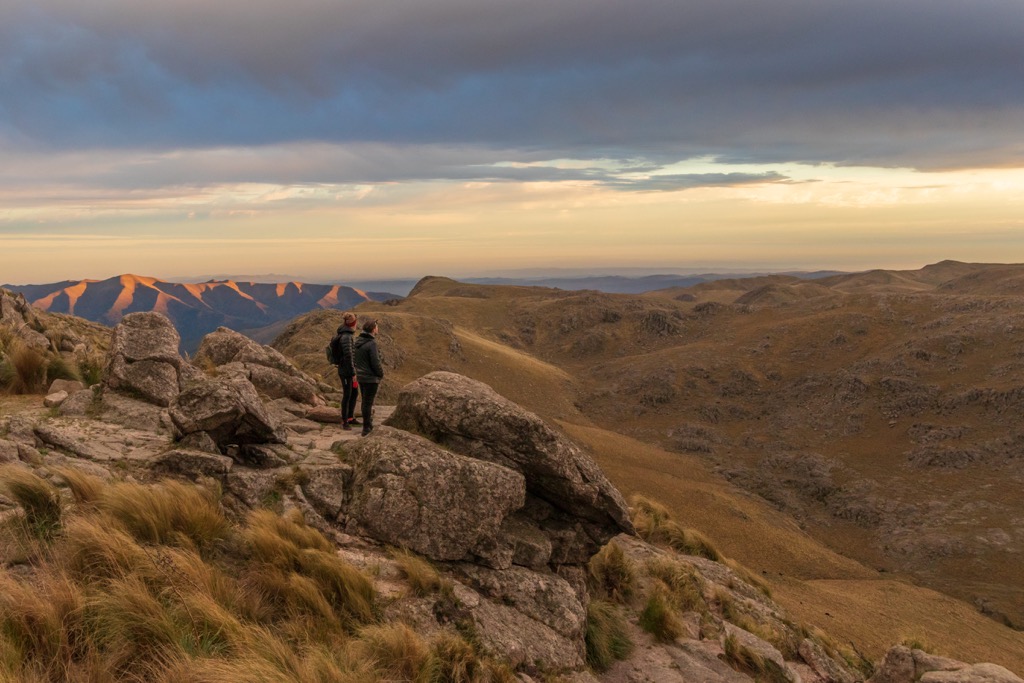
Located high in the Sierras Grandes, Quebrada del Condorito National Park is about 80 km (48 mi) west of Córdoba. Within the park and adjacent provincial reserve are the El Condorito, Batán, del Sur, Corralejo, and Yatán ravines, as well as the peaks of Los Gigantes and Champaquí.
Entrance to the park is free, and there are many kilometers of hiking trails that visitors can explore on their own or with a guided tour. There are natural stone balconies from which visitors can view the condors; the government created the park mainly to conserve these remarkable birds.
Aside from hiking, visitors can fish, ride horses, and camp, so long as they receive permission and permits from the park authorities. Parque Nacional Quebrada del Condorito is beautiful, and its proximity to the capital makes it relatively easy to visit.

As one of Argentina's most popular tourist destinations, there are many attractive villages and towns to visit while touring Las Sierras. The following are some of the most popular locales to see.
Situated in the Calamuchita Valley of the Sierras Grandes, about 118 km (73 mi) from Córdoba, La Cumbrecita is a quaint, welcoming mountain village. Originally founded as a commune in 1934, the residents began to plant pine trees and transform the environment into a traditional alpine landscape.
The community focuses on eco-tourism, and the town is designed for pedestrian access, such that no personal vehicles are allowed to access the community. A range of hotels, lodges, and cabins are constructed in the European Alpine style.
Some visitors will come from Villa General Belgrano for the day, while others will stay and enjoy the action. Some popular activities in and around La Cumbrecita are horseback riding, cycling, and hiking. Natural attractions include the nearby waterfall (which the German settlers called “Almbach”), the beautiful forests, and the underground river.
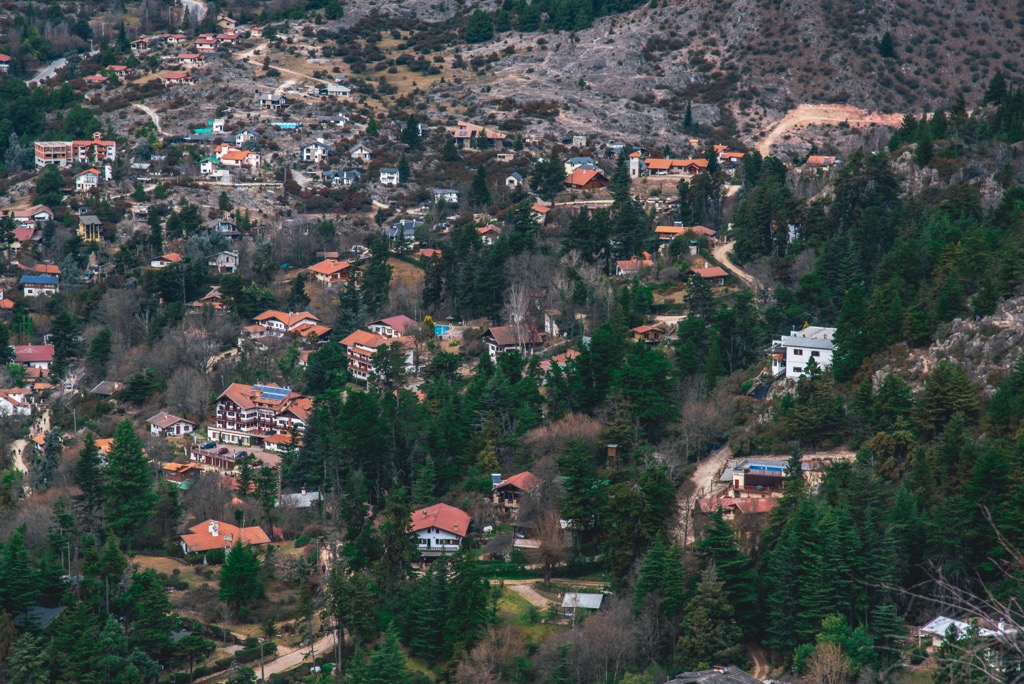
A small town in the Sierras Chicas, Capilla del Monte is a beautiful place to relax and use as a base for further exploration of the surrounding mountains. The nearby natural attractions include Cerro Uritorco, the Calabalamba River, El Zapato rock formation, and Los Terrones.
With plentiful lodging and fabulous restaurants, downtown Capilla del Monte is also home to the world’s only ‘roofed street.’

Villa General Belgrano is about 90 km (56 mi) southwest of the provincial capital, in the Valle de Calamuchita of the Sierras Grandes. The region hosts large lakes, mighty rivers, stunning wilderness, and charming communities. Intending to farm the vast landscape, European immigrants of German ancestry established Villa General Belgrano in the 1920s.
Hard frosts and a lack of water for irrigation made farming and agriculture difficult. However, the town soon became a popular destination for German-speaking Argentines and others with central European ancestry.
Villa General Belgrano's controversial history includes welcoming German sailors during World War II. Due to a flag-burning incident in 1943, the provincial legislature asserted a national conscience upon the town, renaming it from Villa Calamuchita to Villa General Belgrano to honor the creator of the national flag.
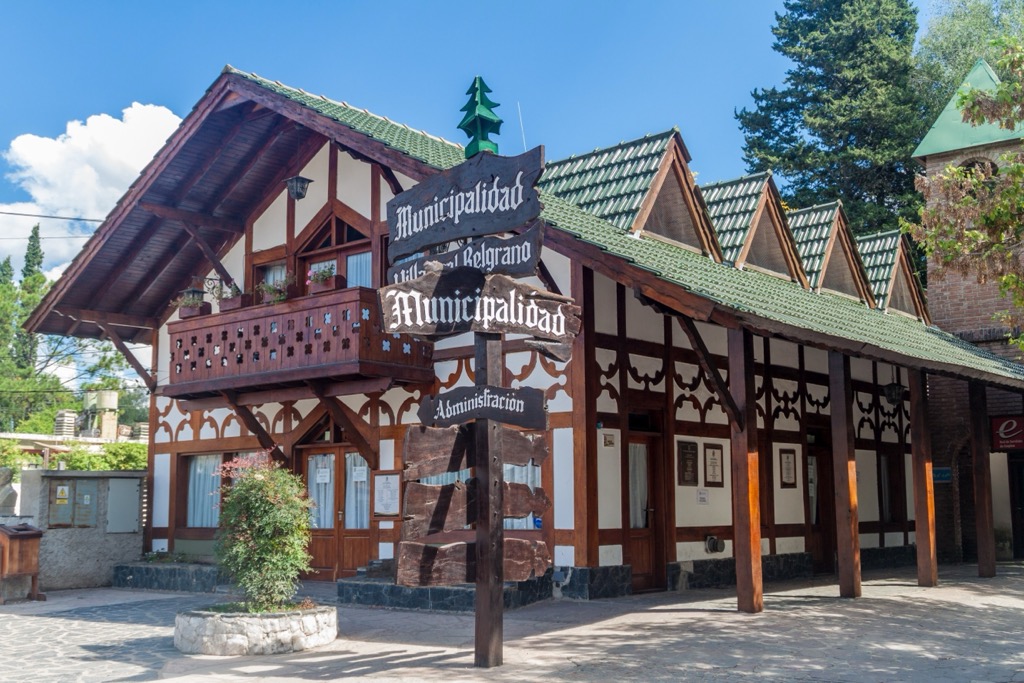
The town is known for its Bavarian architecture and distinct Alpine feel. Locals host many fairs and festivals throughout the year to celebrate German culture, including the Alpine Chocolate Festival, the Viennese Dough Festival, and Oktoberfest. In fact, Villa General Belgrano is the site of the third-largest Oktoberfest in the world.
Explore Sierras de Córdoba with the PeakVisor 3D Map and identify its summits.








